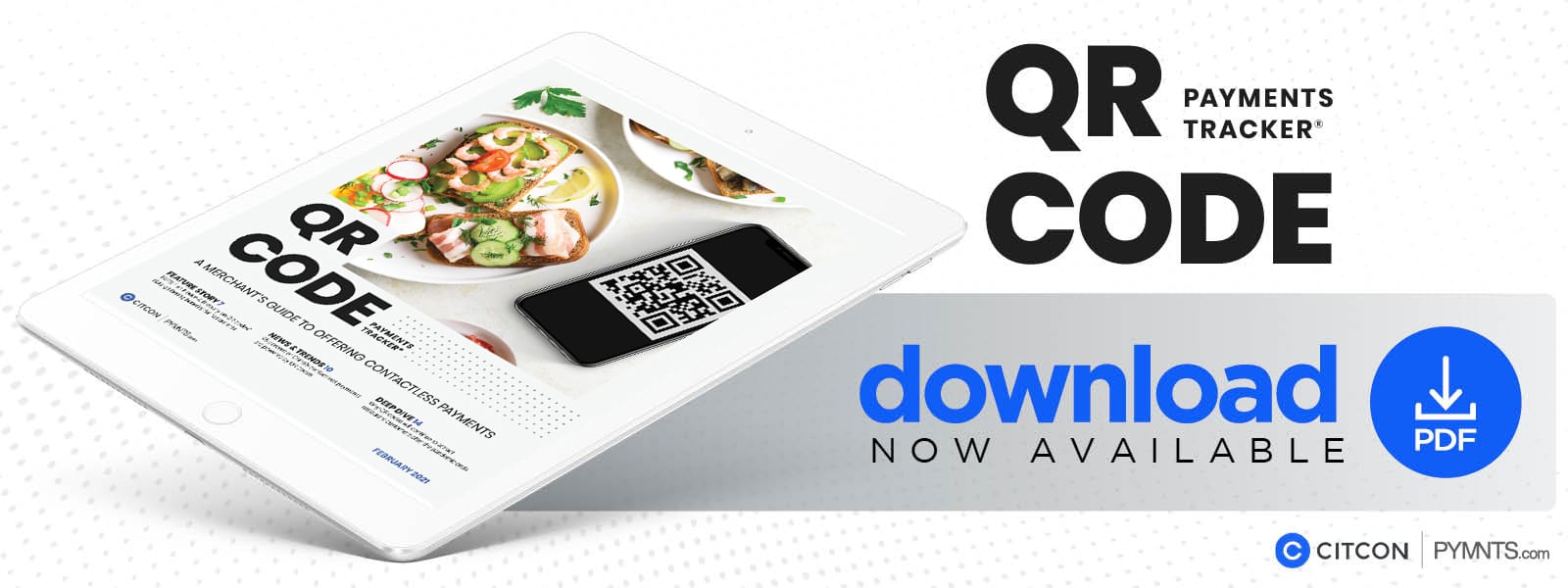How QR Codes Hook Restaurant Customers For Repeat Visits

 QR codes have become more commonplace than ever as the pandemic continues, with one study last year finding that roughly 11 million United States households were expected to scan QR codes by the end of 2020. Consumers most commonly used QR codes for contactless payments, but they also leveraged the technology to access discounts and information on product packaging, for example.
QR codes have become more commonplace than ever as the pandemic continues, with one study last year finding that roughly 11 million United States households were expected to scan QR codes by the end of 2020. Consumers most commonly used QR codes for contactless payments, but they also leveraged the technology to access discounts and information on product packaging, for example.
Restaurants, in particular, are blazing a trail when it comes to QR code usage, as the industry has been disproportionately affected by both pandemic-driven social distancing and stay-at-home orders and has suffered countless closures as a result. QR codes have proven to be invaluable tools for eateries, allowing patrons to view menus and pay for their meals with minimal staff interaction, thus reducing infection risk. These codes will likely be familiar fixtures at restaurants long after the pandemic has ended.
likely be familiar fixtures at restaurants long after the pandemic has ended.
In the QR Code Payments Tracker®, PYMNTS explores the latest in the world of QR codes, including new implementations at restaurants, QR codes’ varying popularity around the world and how various industries will deploy these codes even in a post-pandemic future.
Developments From Around The World Of QR Codes
QR codes have become particularly popular in China, despite their varying levels of prevalence elsewhere. A recent survey found that 74 percent of Chinese consumers make mobile payments daily and QR codes are leveraged for a staggering 95 percent of these transactions. This share of consumers using the technology is also increasing, with the total number of mobile payment users growing by more than 4 percent over the past year. However, QR code fraud is a challenge, with fake QR codes accounting for nearly 70 percent of fraud incidents related to mobile fraud.
QR codes’ booming popularity in China and elsewhere is expected to fuel the technology’s adoption worldwide during the next several years. A recent study found that at least 2.2 billion individuals worldwide are expected to leverage QR codes for payments by 2025, up from 1.5 billion last year. This growth is largely attributable to the pand emic’s pressing need for contactless payment options that could become table stakes in the future, as the total annual value of these payments is expected to exceed $2.7 trillion in 2025.
emic’s pressing need for contactless payment options that could become table stakes in the future, as the total annual value of these payments is expected to exceed $2.7 trillion in 2025.
The global push toward QR code usage is especially visible in the restaurant industry, which is one of the most impacted by the pandemic’s social distancing orders. A multitude of eateries has adopted the technology to enable digital menus and contactless payments and reduce the risk of viral infection among staff and customers. Tom Green, manager of policy and government relations for the Restaurant & Catering Industry Association, recently said that QR code usage has been “the single most important policy measure” in determining the industry’s survival during the pandemic.
For more on these and other QR news items, download this month’s Tracker.
How TAPS Fish House & Brewery Deployed QR Codes To Weather The Pandemic
Restaurants have deployed numerous tools to survive the pandemic, but few impacted the industry more than QR codes. Not only do they help limit contact between staff and consumers, but they also enable data collection to drive customer loyalty. In this month’s QR Code Payments Tracker, PYMNTS talked with Kerri LaTorre and Tom Hope of TAPS Fish House & Brewery about how QR codes can drive regular commun ication with customers to ensure return visits.
ication with customers to ensure return visits.
How QR Codes Will Shape The Restaurant Industry For Years To Come
QR codes have played a crucial role in helping restaurants survive the pandemic. Contactless menus and payments may be crucial to ensuring staff and customer safety for now, but they will likely continue playing a key role in the industry’s future. This month’s Deep Dive explores how QR codes help restaurants weather the current crisis and why customers look forward to enjoying their various capabilities even after the pandemic is in the rear-view mirror.
About The Tracker
The QR Code Payments Tracker®, a PYMNTS and Citcon collaboration, maps the use and adoption of QR codes in both emerging and developed markets and offers monthly updates on trends and changes in demand for contactless payments.